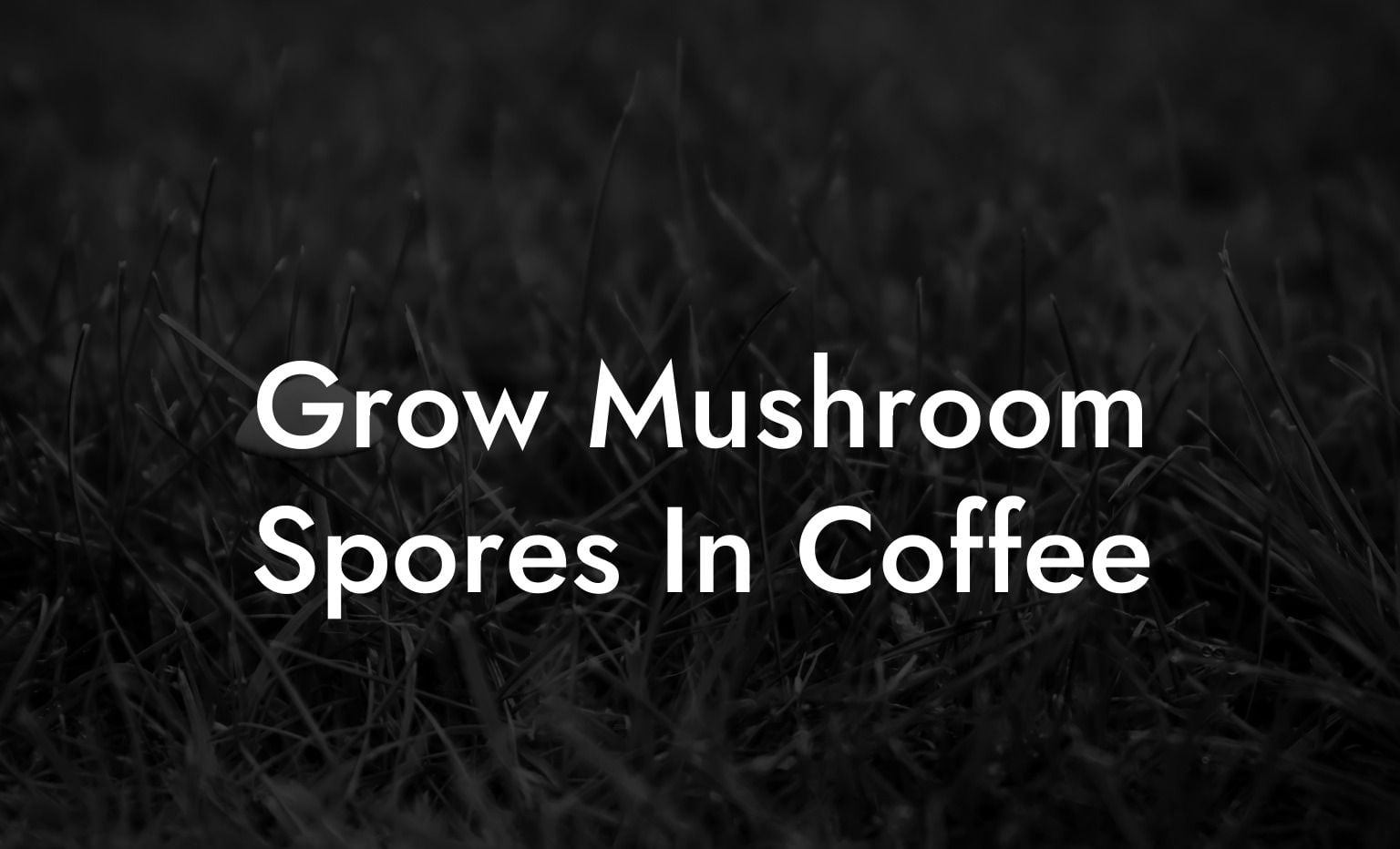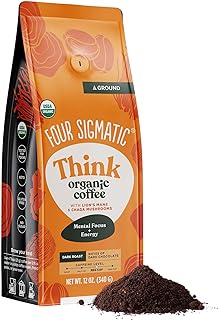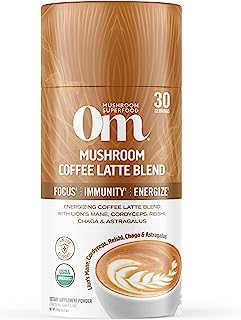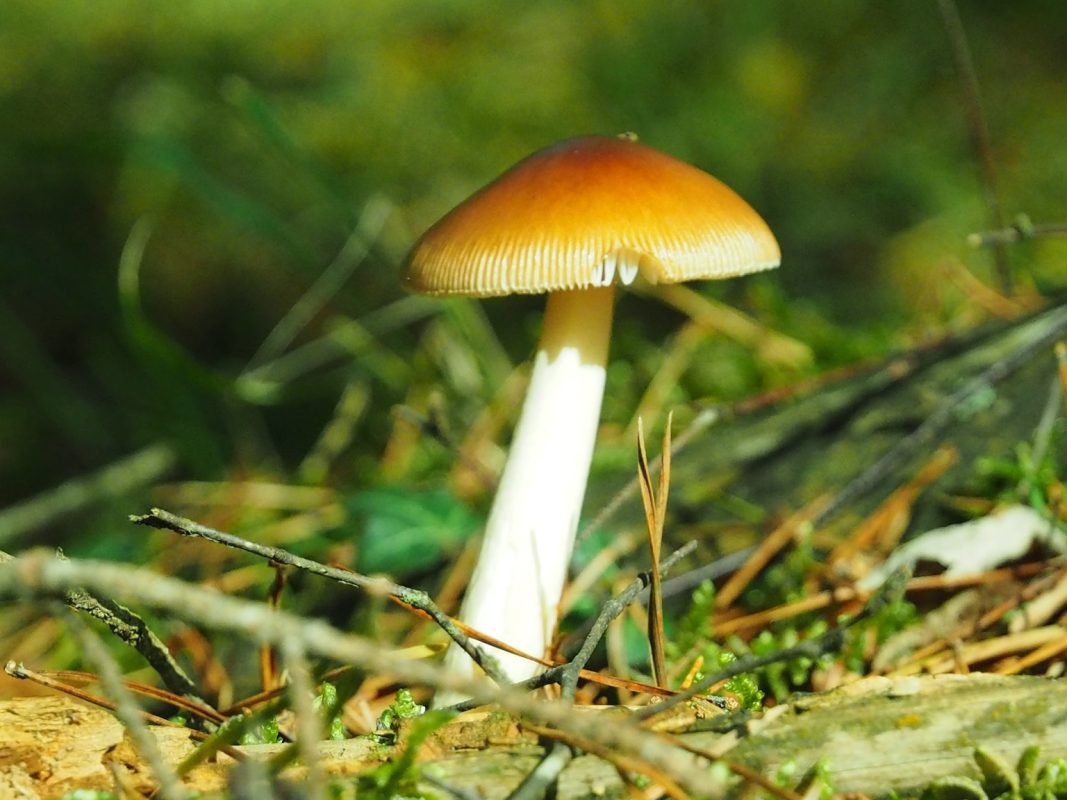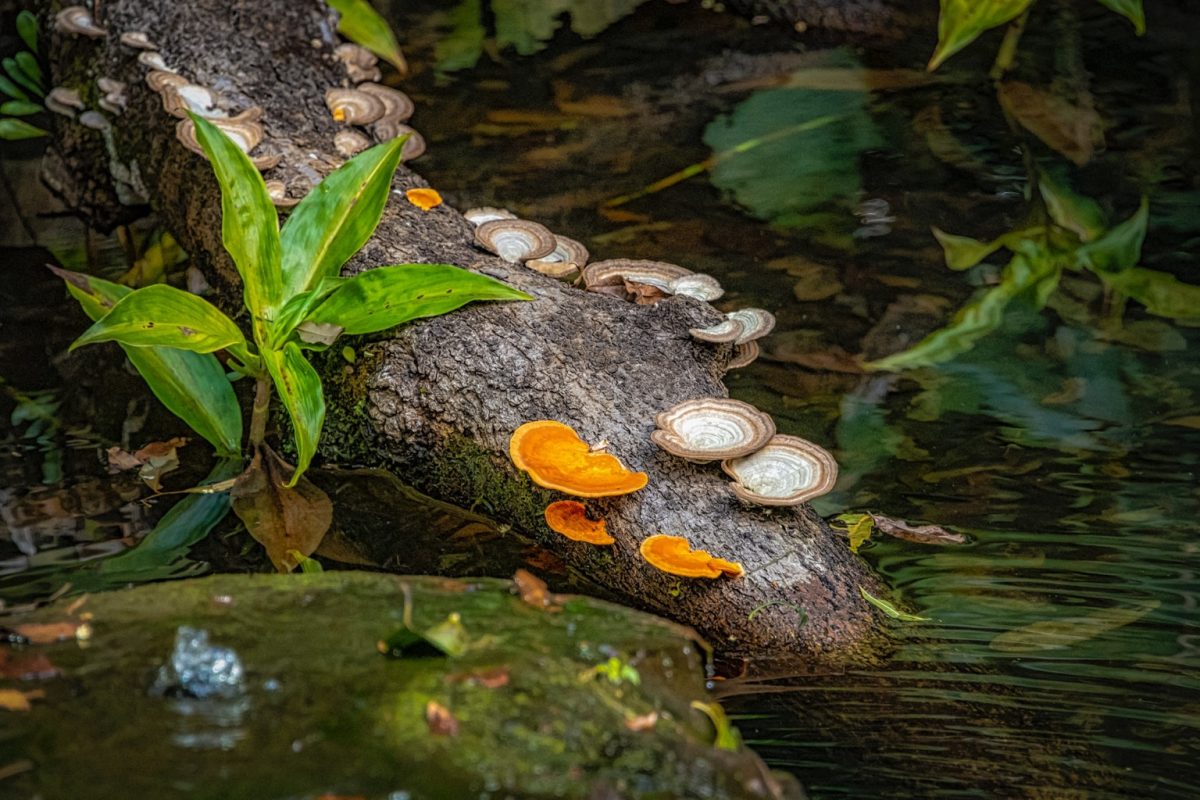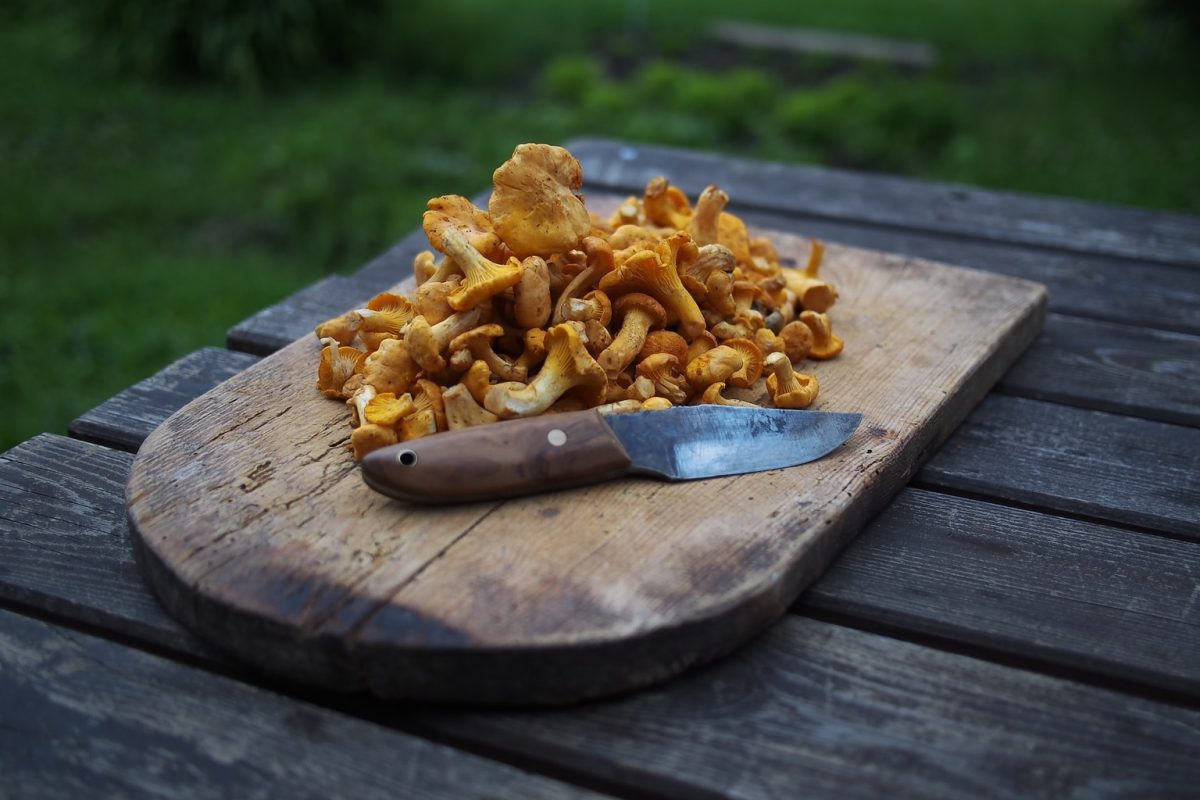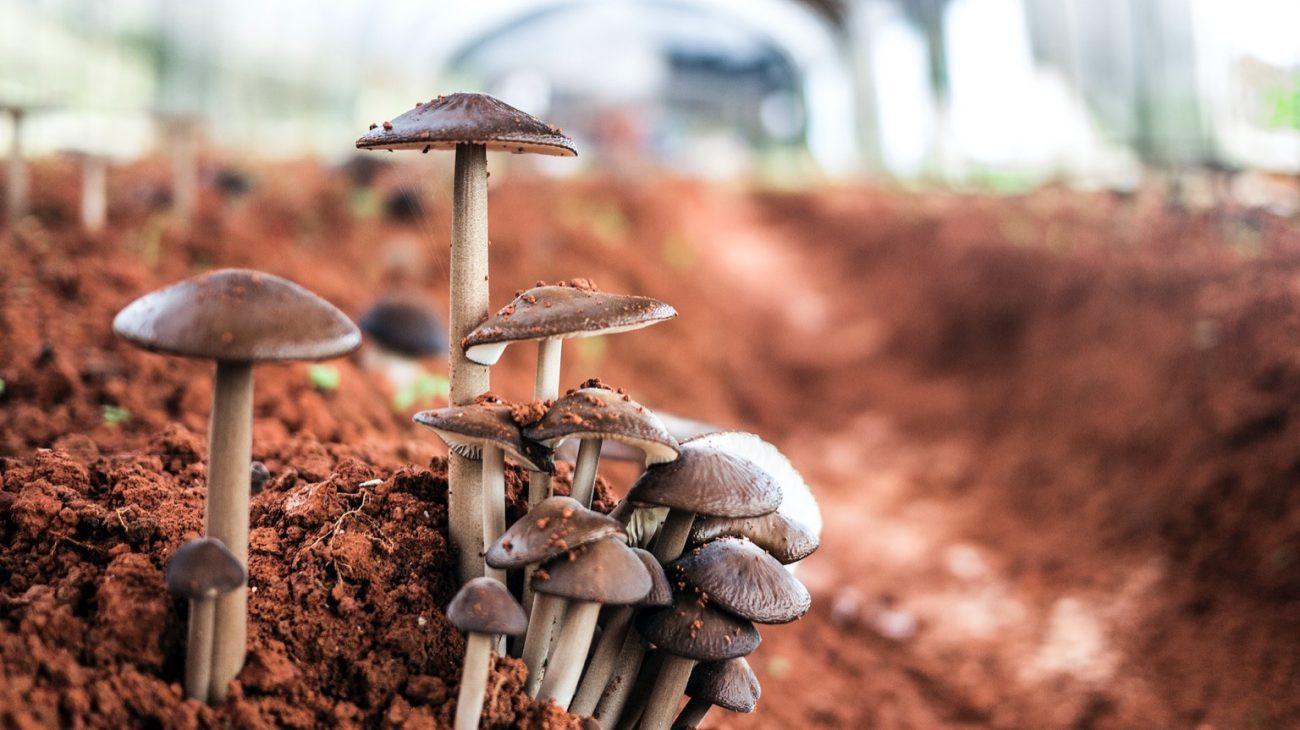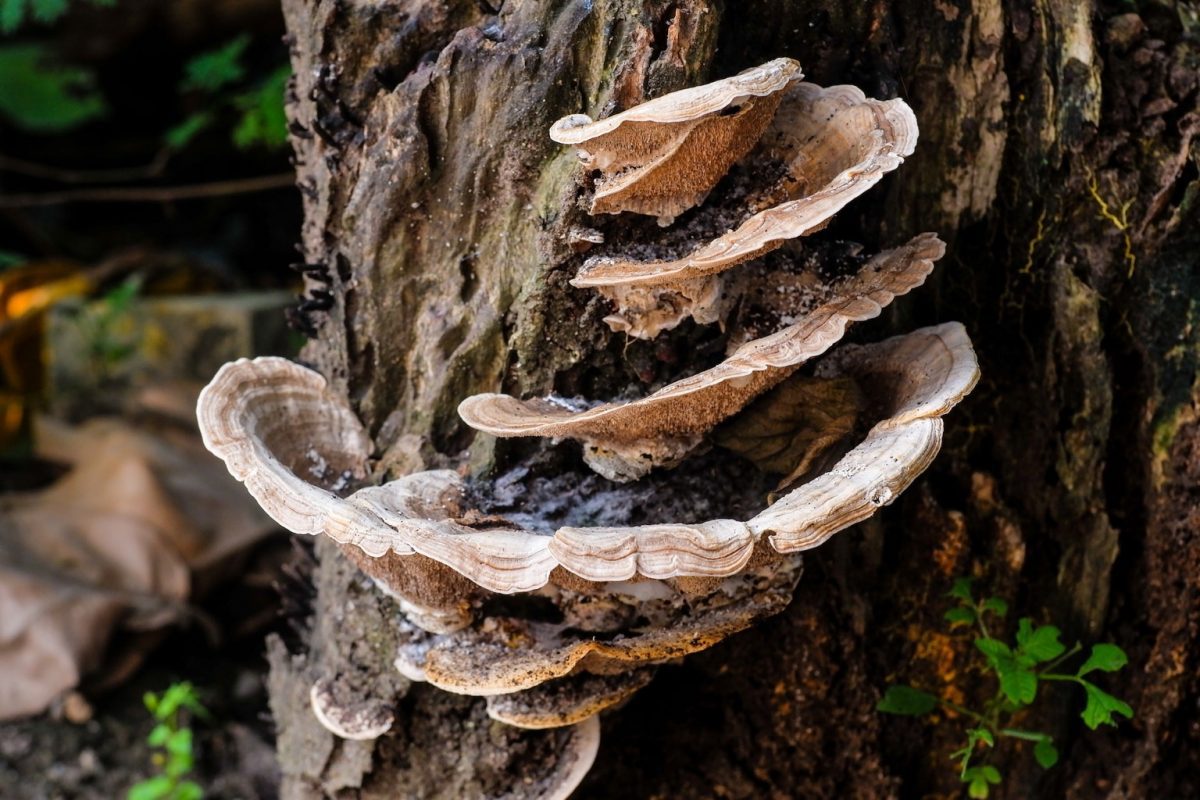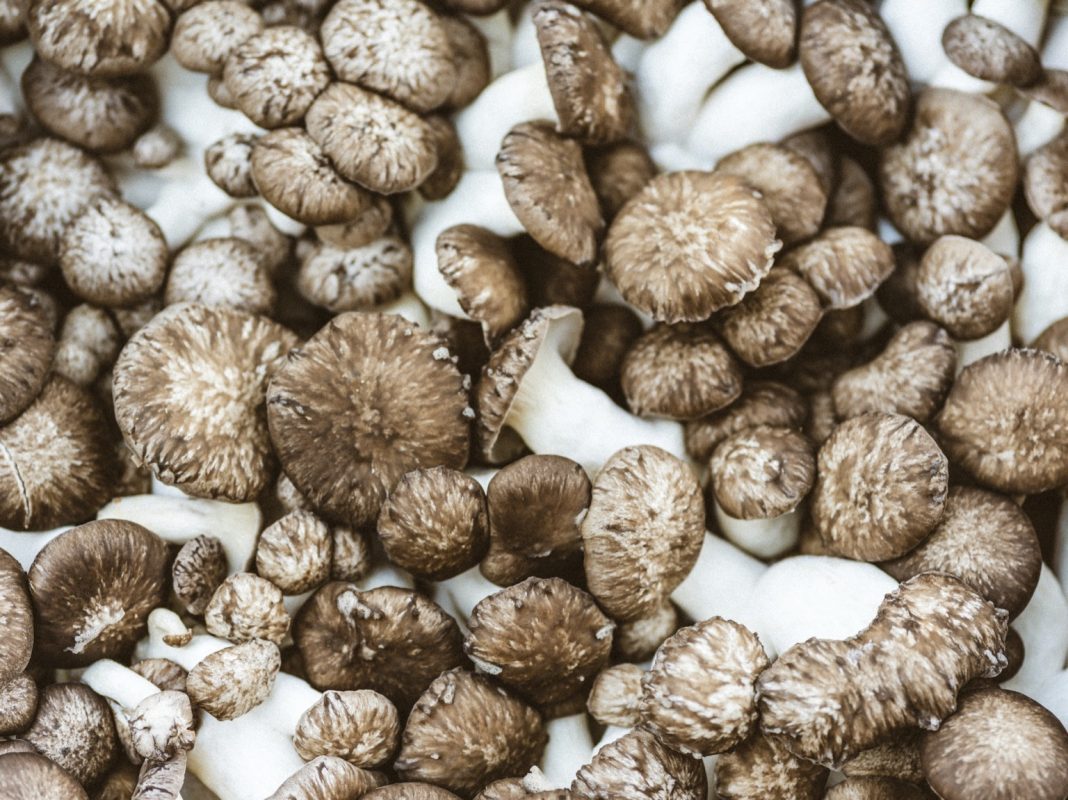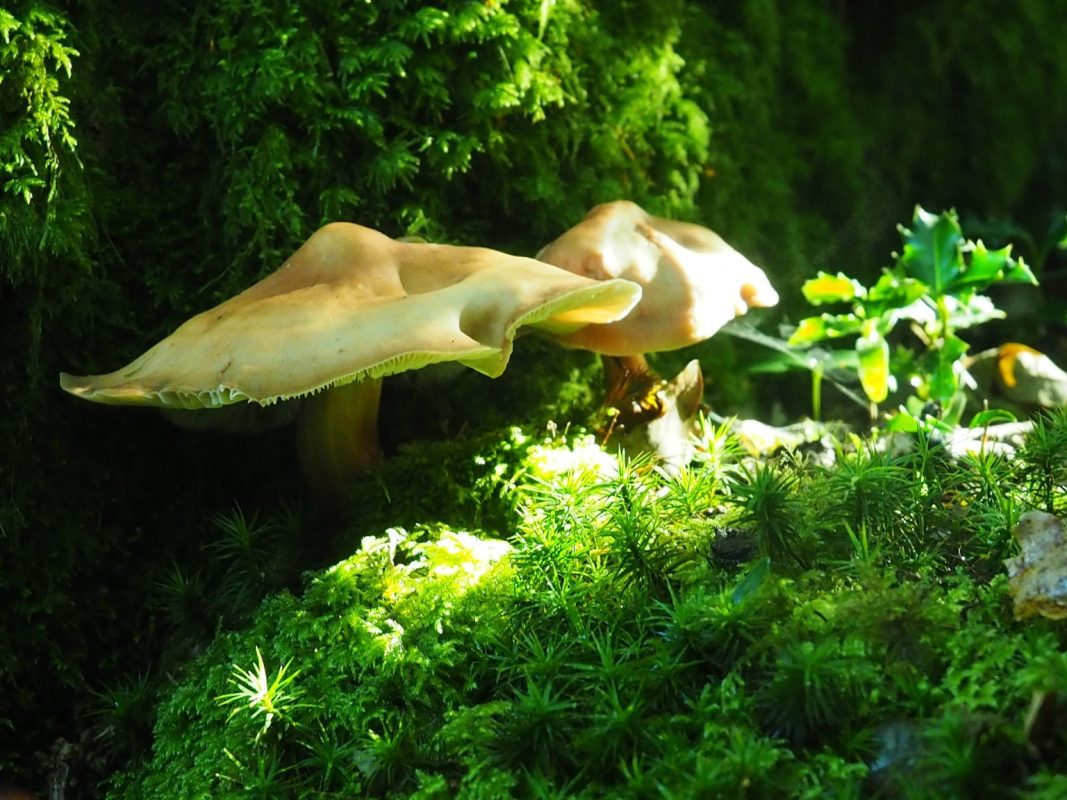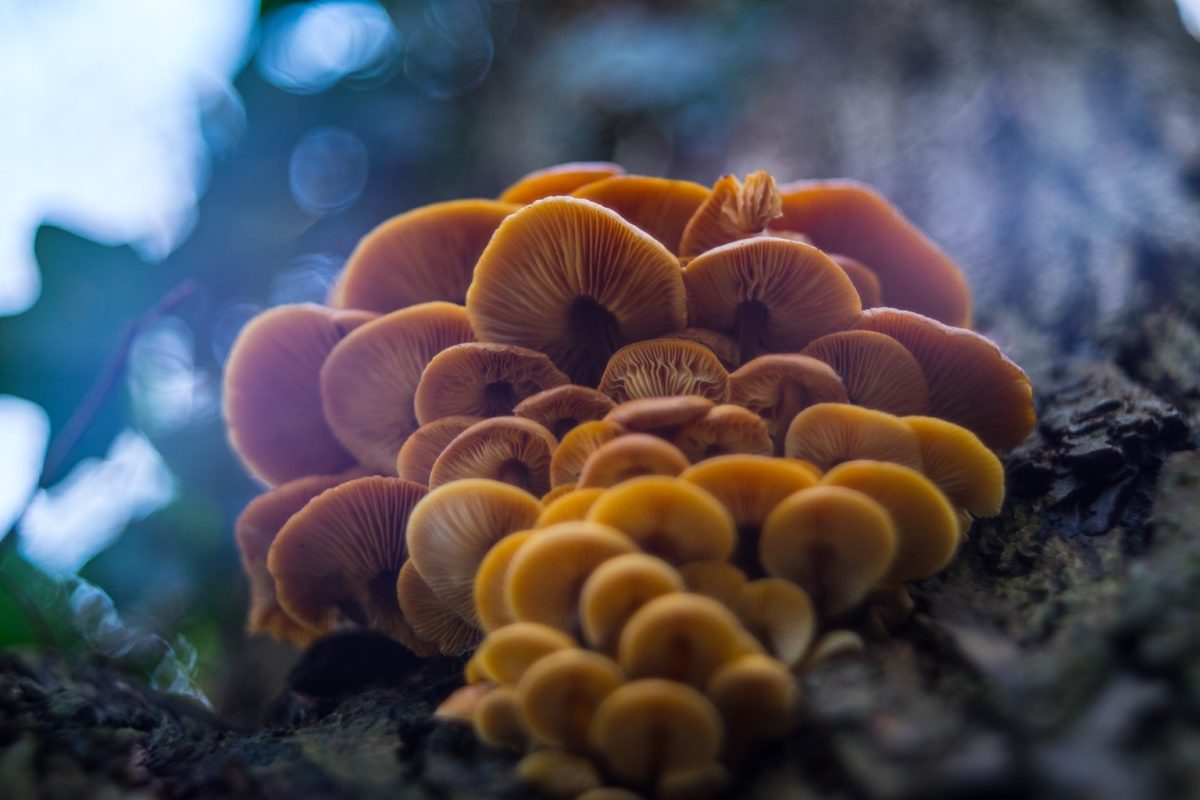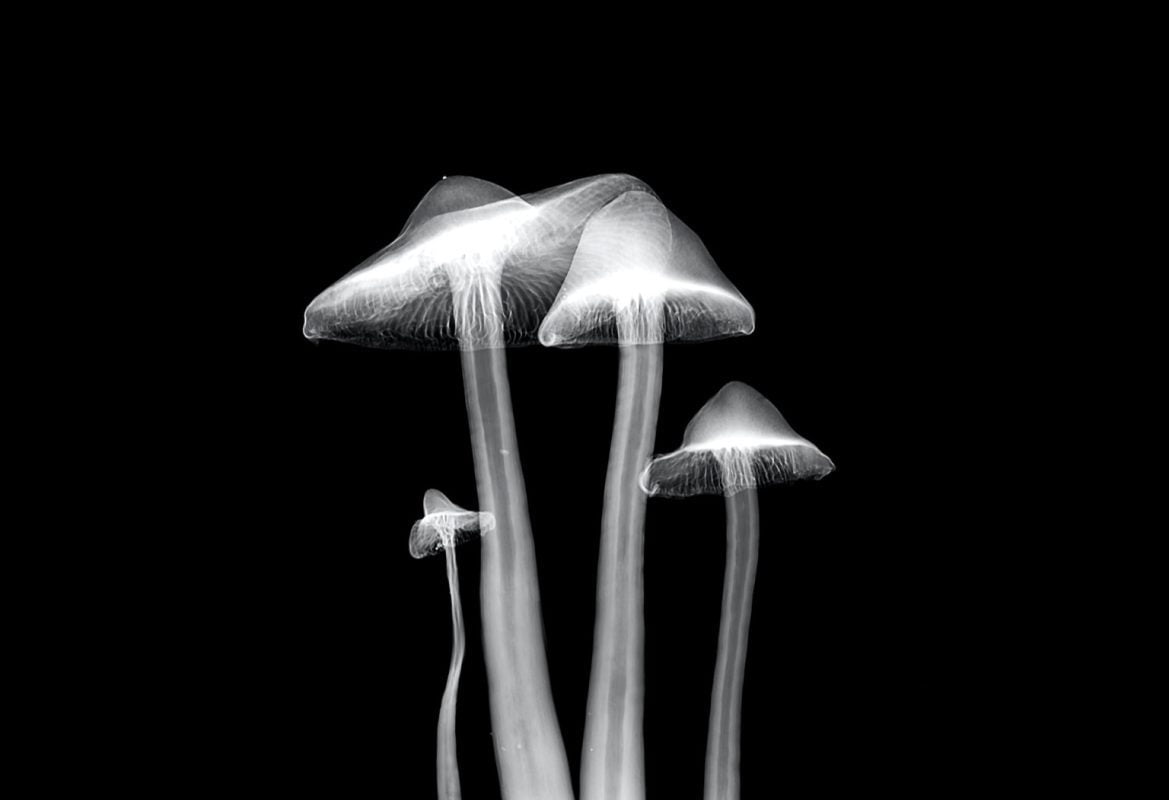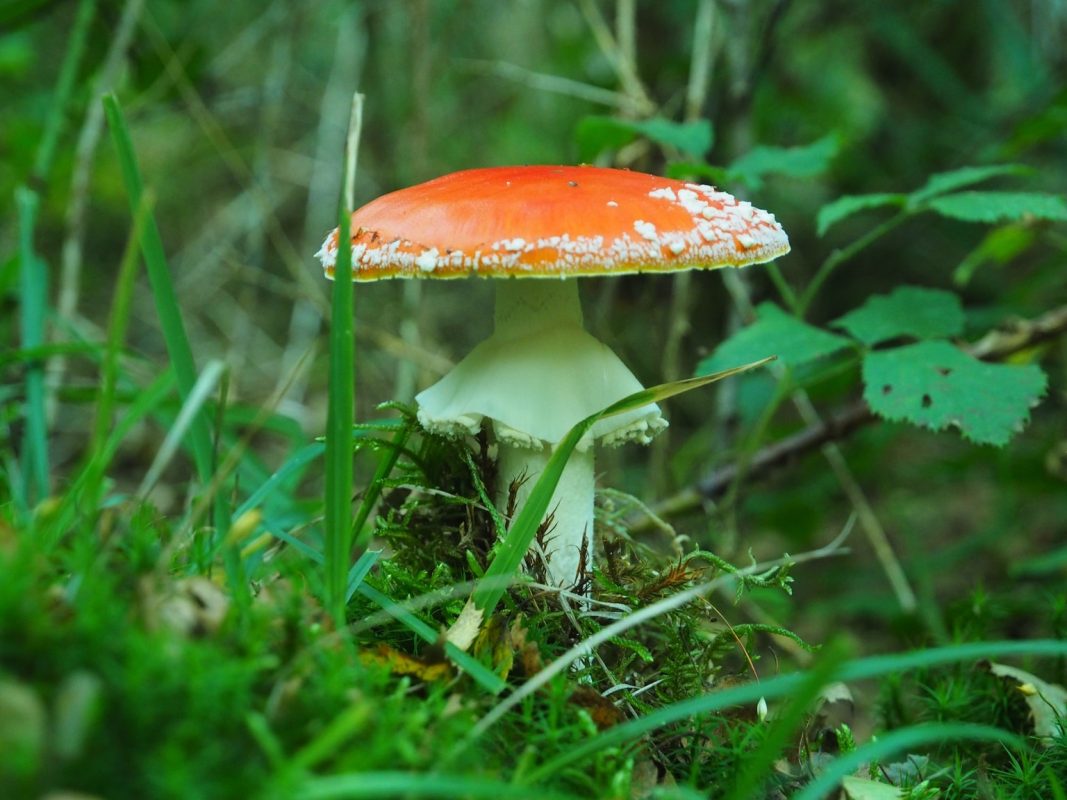Ever wondered if your morning cup of joe could double as an incubator for a mind-blowing, eco-friendly mycelium experiment? Welcome to the quirky universe of growing mushroom spores in coffee, a revolutionary, nutrient-packed technique that’s as enchanting as it is sustainable. Imagine harnessing the power of your favorite brew to cultivate exquisite fungi while exploring a fusion of art, science, and a pinch of rebellious eco-chic. Whether you’re a Gen-Z trendsetter, a millennial innovator, or just someone who’s eager to experiment beyond the everyday, you’re in for a cosmic journey where coffee grounds and mushroom spores dance in harmonious synergy.
Quick Links to Useful Sections
- Unlocking the Mystique: What Are Mushroom Spores and Why Coffee?
- The Alchemy of Coffee and Fungi: A Scientific Dive
- The Perks of Mushroom Coffee: A Trend with Benefits
- Essential Gear for Your Myco-Coffee Journey
- Step-by-Step Guide: How to Grow Mushroom Spores in Coffee
- Step 1: Prepare Your Coffee Substrate
- Step 2: Inoculation – Introducing the Spores
- Step 3: Incubation Phase
- Step 4: Fruiting – Bringing Fungi to Life
- Step 5: Harvest and Enjoy
- Troubleshooting and Tips for a Lush Fungal Garden
- Contamination Catastrophes
- Inconsistent Mycelial Growth
- Poor Fruiting Response
- The Passion of Patience
- Do’s and Don’ts: Mastering the Myco-Coffee Craft
- Integrative and Holistic Approaches to a Mushroom Coffee Lifestyle
- The Future of Mushroom Coffee: Innovations, Trends, and Gen-Z Vibes
- Resources and Community Support: Your Next Steps
- Embracing Your Fungal Future: A Journey Beyond Coffee
- Mushroom Coffee Cultivation FAQs: Your Burning Questions Answered
- Your Myco-Coffee Adventure: A Journey Beyond the Brew
Unlocking the Mystique: What Are Mushroom Spores and Why Coffee?
At the intersection of caffeine-fueled mornings and the magic of the fungal kingdom lies the phenomenon of growing mushroom spores in coffee. To put it simply, mushroom spores are the microscopic, dust-like reproductive particles that carry the blueprint for a magnificent network of mycelium, nature’s ultimate recycler. When these spores meet a nutrient-dense environment, like coffee grounds, they germinate, colonize, and eventually flourish. This technique isn’t just about making your coffee grounds do double duty; it’s about embodying the DIY spirit and weaving sustainability into your daily rituals.
Coffee grounds, often discarded after that energizing brew, are a gold mine for fungi thanks to their rich composition of nitrogen, organic compounds, and just the right amount of acidity. The idea is to repurpose waste into wonder, a true eco-hack that resonates with the values of modern-day sustainability warriors.
In this guide, we’ll break down everything you need to know about this process, from the biology behind mushroom spores to the practical steps for creating your own coffee-fueled fungal haven. Get ready to stir up a storm of innovation in your kitchen!
The Alchemy of Coffee and Fungi: A Scientific Dive
Let’s geek out for a minute. At its core, the process of cultivating mushrooms in coffee is a precise alchemy, an interaction of biology and chemistry that transforms humble coffee grounds into a thriving ecosystem. When you brew a cup of coffee, you extract caffeine, oils, and various compounds, leaving behind a porous, nutrient-rich substrate. This leftover marvel acts as a fertilizer, conducive to the growth of mycelium.
Looking For The Best Mushroom Coffee? You'll Love These:
Mushroom spores are incredibly adaptable. By finding a welcoming environment in the coffee substrate, they start to form hyphae, long, thread-like structures, which merge to become the mycelium, the vegetative part of a fungus. This is where the true magic begins. Over time, with the right humidity, temperature, and some TLC, these hyphal networks consolidate into a mesh that can produce fruiting bodies (aka your mushrooms).
The science is simple: Coffee provides the energy and structure, and spores provide the blueprint for new growth. That’s bio-recycling at its best, turning a typically discarded byproduct into a vibrant organism that, in some cases, carries health benefits and culinary delight.
To sum it up, the secret is in the symbiosis between an organic waste product and a naturally occurring reproductive agent. It’s a bold experiment that reminds us how everything in nature can be repurposed, if given the right conditions.
The Perks of Mushroom Coffee: A Trend with Benefits
Besides its eco-friendly credentials, mushroom-infused coffee is already making waves as a wellness elixir in the trendy beverage circuit. Blending the robust flavor of coffee with the potential health-boosting properties of medicinal mushrooms (think reishi, lion’s mane, or chaga) can create an energizing, adaptogenic blend. Proponents claim that this blend can help boost immunity, improve cognitive function, and even provide stress relief, a true double shot for both body and mind.
Even if your goal isn’t to brew a perfectly balanced cup of mushroom coffee for daily consumption, the cultivation process is a meditative journey that nurtures your curiosity and respect for biological cycles. It’s a hands-on workshop in sustainability that pairs leisure with learning, a creative project that just might become your next obsession.
So whether you’re brewing up a trendy latte or embarking on a full-scale myco-adventure in your kitchen, growing mushroom spores in coffee ties together wellness, sustainability, and a unique culinary experience.
Essential Gear for Your Myco-Coffee Journey
Ready to dive in? Before you start mixing spores with your morning grind, you’ll need to gather a few essential supplies that bridge the gap between a casual experiment and a full-blown artisanal process:
- Fresh Coffee Grounds: Use organic, freshly brewed coffee grounds (cooled down, of course) as your substrate. Avoid instant coffee, as the processing can reduce nutrient availability.
- Mushroom Spores or Spore Syringe: You can source these from reputable mycology suppliers. Choose a strain suited to your desired application, whether it’s for culinary mushrooms or medicinal varieties.
- Sterile Containers: Invest in clean, preferably transparent jars or plastic containers. These are crucial for creating a controlled, contaminant-free environment.
- Gloves and Face Mask: Hygiene is key when dealing with spores and organic matter. Keep contaminants at bay by using gloves and a mask during your experiments.
- Humidity and Temperature Controls: A simple thermostat or hygrometer will help you maintain the ideal conditions, typically between 65°F-75°F with high humidity.
- Sterilization Tools: A pressure cooker or steamer is ideal for sterilizing your coffee grounds if you plan on a semi-sterile procedure.
These items are your basic toolkit for creating an optimal environment for your spores to flourish. While some purists might invest in a dedicated mycology lab setup, most of us can start small and scale up as our confidence, and our fungi, grow.
Step-by-Step Guide: How to Grow Mushroom Spores in Coffee
Now that you’re equipped, let’s break down the process into manageable, geek-approved steps. This guide is both a fun experiment and a fascinating lesson in sustainable cultivation.
Step 1: Prepare Your Coffee Substrate
Start with freshly brewed, cooled coffee grounds. The grounds should be damp but not soggy, think of them as the perfect “Goldilocks” zone for cooperative fungi. If you’re concerned about potential contaminants, consider sterilizing the grounds. A quick steam in a pressure cooker for about 30 minutes usually does the trick.
Once cooled to room temperature, transfer the grounds into your clean container. Compact them gently, ensuring an even distribution, and leave some headspace for the mycelium to breathe.
Step 2: Inoculation – Introducing the Spores
Using a spore syringe or a pre-colonized spore print, introduce your chosen mushroom spores into the coffee grounds. Work in a clean environment (a tidy countertop or even a sanitized corner of your kitchen) to avoid contamination from unwanted bacteria or mold species. Distribute the spores evenly, imagine you’re sprinkling fairy dust onto a magical substrate.
Seal the container with a lid that allows for air exchange (poke a few tiny holes or use microporous tape) to create a microenvironment that’s both humid and oxygenated.
Step 3: Incubation Phase
Place your container in a warm, dark spot, ideal conditions mimic the cozy confines of a damp cellar. Over the next one to two weeks, you’ll notice the mycelium starting to form, a white, thread-like network that slowly weaves through the coffee grounds. Keep an eye on the progress and maintain a consistent temperature and humidity, as fluctuations can invite contaminants.
Patience is key. Resist the urge to disturb the mycelium; it’s doing its thing in peace. In case you spot any unusual spots of discoloration, this could be a sign of contamination, and you might need to carefully remove the affected section.
Step 4: Fruiting – Bringing Fungi to Life
Once your mycelium has colonized the majority of the substrate, you’re ready to trigger the fruiting phase. This involves adjusting the environmental conditions, introduce some light (indirect sunlight is ideal) and slightly lower the temperature. These cues signal to the mycelium that it’s time to produce fruiting bodies, aka mushrooms.
In just a few days to a couple of weeks, you may observe small pins emerging from the substrate. These will develop into full-grown mushrooms, transforming your coffee project into an edible, living organism that’s as surprising as it is innovative.
Step 5: Harvest and Enjoy
When your mushrooms have reached their optimal size, it’s time to harvest. Use a clean knife or simply twist them off at the base. Keep in mind that some strains may continue to fruit in cycles, so don’t be too hasty in harvesting everything at once. Enjoy your fungi fresh, incorporate them into gourmet recipes, or even experiment with blends in your next cup of mushroom coffee.
Remember, every successful harvest is proof that you’ve mastered the art of myco-coffee cultivation, a blend of science, passion, and a bit of caffeine-induced inspiration.
Troubleshooting and Tips for a Lush Fungal Garden
Even the most seasoned mycophiles encounter a few hiccups on their journey to cultivate mushroom spores in coffee. Here’s how to tackle common issues with a mix of science and humor:
Contamination Catastrophes
Contaminants such as mold or bacteria can crash the party. If you spot any fuzzy, odd-colored patches, it’s time to quarantine that section. Prevention is better than cure, ensure all your tools, containers, and surfaces are thoroughly sanitized before starting.
Inconsistent Mycelial Growth
If your mycelium seems to be taking its sweet time, double-check the moisture and temperature levels. Might your coffee grounds be too dry or too wet? Aim for a consistency similar to a damp sponge. Use a spray bottle to add moisture if necessary.
Poor Fruiting Response
Sometimes, the mycelium just doesn’t feel like punching out mushrooms. This could be due to insufficient exposure to light or an imbalance in temperature. Adjust the settings gradually, move your container to a brighter yet indirect light area and fine-tune the temperature to coax out those fruiting bodies.
The Passion of Patience
Growing mushroom spores in coffee is part science experiment, part art form. If things don’t proceed as expected, don’t rush the process. Consider it a meditative journey that teaches resilience and adaptation, plus, it gives you great stories for your next social media post!
With a bit of trial and error and a touch of creativity, you’ll soon be cultivating robust mycelial networks that are the envy of every eco-conscious barista.
Do’s and Don’ts: Mastering the Myco-Coffee Craft
To make sure your coffee grounds morph into a glorious fungal spectacle rather than a microbial mess, keep these do’s and don’ts in mind:
- Do: Use freshly brewed coffee grounds that are free from additives and sugars. Organic is best for maintaining a natural environment.
- Do: Keep your workspace clean and organize all your materials before starting.
- Do: Monitor humidity and temperature diligently, small adjustments can lead to big results.
- Do: Embrace the unexpected. Every batch is an opportunity to learn something new about fungal growth.
- Don’t: Use stale or moldy coffee grounds, they can derail the process faster than a Monday morning without coffee.
- Don’t: Rush the incubation or fruiting phases. Good things come to those who wait (and occasionally water).
- Don’t: Neglect safety. Always work in a clean environment and use gloves and a mask when necessary.
- Don’t: Overlook the power of community. Reach out to fellow mycologists online or in local groups for tips and troubleshooting hacks.
These guidelines are designed to keep your process smooth and maximize your fun (and fungi) in the process of growing mushroom spores in coffee.
Integrative and Holistic Approaches to a Mushroom Coffee Lifestyle
Beyond the science and technicalities of mixing mushroom spores with coffee grounds, there’s a broader, almost artful lifestyle surrounding this experiment. For many, the process of cultivating mushrooms in coffee becomes a daily ritual, a mindfulness exercise paired with sustainable living. It’s about finding balance between trying something wildly innovative and grounding yourself in nature’s cyclical rhythm.
Integrating practices like meditation, yoga, or even mindful journaling while monitoring your mycelial progress can elevate the experience. This holistic approach not only refines your cultivation skills but also transforms a simple project into a personal journey of growth, creativity, and even self-discovery.
Picture this: You wake up, brew a fresh cup of coffee, and before you sip it, you check on your mycelium. That seasonal growth, that slowly expanding patch of life, becomes your reminder that nurturing something small can yield big rewards. In a world where everything moves too fast, this mindful practice becomes your escape, an experiment that merges the art of brewing with the science of growth.
The Future of Mushroom Coffee: Innovations, Trends, and Gen-Z Vibes
The cultural zeitgeist has always played a starring role in shaping trends, and the mushroom coffee movement is no exception. With eco-conscious consumers demanding sustainability and authenticity, blending mushrooms with coffee is more than a novelty, it’s a statement. Imagine artisanal cafes where the walls are adorned with mycelium art, where baristas talk about the terroir of coffee grounds and the lineage of the mushrooms growing within them.
In the digital age, social media influencers and Gen-Z entrepreneurs are already rebranding mushroom coffee as the ultimate wellness and sustainability hack. It’s no longer just about a caffeine fix; it’s about community, creativity, and reclaiming waste by turning it into a living, growing masterpiece. As more people explore the benefits of adaptogens and the symbiosis between nature and technology, innovations in cultivation techniques are bound to emerge. Expect to see compact, home-based mycology kits, smart sensors to monitor your fungal habitat, and even collaborative platforms where enthusiasts share their progress, tips, and artistic presentations of their harvest.
With its roots in sustainability and its eyes set on future-forward wellness, mushroom coffee encapsulates the spirit of the contemporary culture, where every sip, every spore, and every experiment is a statement of individuality and environmental responsibility.
Resources and Community Support: Your Next Steps
Embarking on your myco-coffee journey can sometimes feel like entering an unexplored intergalactic forest. Thankfully, you’re not alone. There’s a vibrant community of mushroom enthusiasts who are as passionate about sustainability as they are about innovative culinary experiments.
Here are some next steps to keep your momentum going:
- Online Forums and Social Media Groups: Platforms like Reddit, Facebook, and Discord are brimming with mushroom cultivation groups where you can ask questions, share photos, and swap success stories and troubleshooting tips.
- E-commerce and Specialty Stores: Look for reputable suppliers for spores, spore syringes, and sterilization equipment. These stores often offer detailed guides and customer support to help you get started.
- Local Workshops or Meetups: If available, consider joining local mycology groups or attending workshops on sustainable cultivation practices. These events offer hands-on experiences and the chance to network with fellow eco-innovators.
- Educational Content: Dive into books, online courses, and YouTube channels dedicated to mycology and sustainable living. Knowledge is power, and the more you understand the science, the more fun your experiments will be.
- Blogging and Vlogging: Document your journey on social media. Share your progress, your challenges, and your triumphs. Not only will you inspire others, but you'll also create a personal archive of your adventure in mushroom coffee magic.
Engaging with the community can turn a solitary project into a collaborative, ever-evolving movement. It’s all about sharing the joy of discovery and redefining the boundaries of what’s possible with a simple cup of coffee.
Embracing Your Fungal Future: A Journey Beyond Coffee
As you stand on the cusp of this experimental voyage, remember that each step in growing mushroom spores in coffee is a celebration of innovation and mindful sustainability. This process is more than just cultivating mushrooms, it’s about reimagining waste as wonder, blending art with science, and redefining how we interact with the natural world.
Whether you decide to develop a steady supply of gourmet mushrooms, hop on the wellness bandwagon with your own mushroom coffee blend, or simply relish the journey of learning something new, every moment is a chance to grow, for you and for the environment. Your experiment is a metaphor for modern life: a constant evolution that celebrates creativity, resilience, and the joy of transformation.
So, go ahead, brew that cup of coffee, sprinkle those spores, and let your inner mycologist take flight. This is your invitation to explore, experiment, and ultimately, to redefine what it means to blend everyday rituals with extraordinary outcomes. Embrace your fungal future, and let each day be a celebration of growth in every form.
Stay curious, keep experimenting, and remember: every coffee grind is a potential canvas for your next mushroom masterpiece.
Mushroom Coffee Cultivation FAQs: Your Burning Questions Answered
Dive into these frequently asked questions to sharpen your myco-coffee expertise and enhance your cultivation journey.
1. What exactly are mushroom spores, and why are they used in coffee grounds?
Mushroom spores are tiny reproductive cells that, when provided with the right nutrients and conditions, grow into a mycelial network and eventually produce mushrooms. Coffee grounds offer a nutrient-rich, biodegradable substrate that is ideal for spore germination and mycelium growth.
2. Can I use any type of coffee, or should it be organic?
Organic, freshly brewed coffee grounds are preferred as they are free from chemicals and additives. The natural composition of organic coffee better supports mycelial growth and reduces the risk of contamination.
3. How long does it typically take for mycelium to colonize the coffee substrate?
The colonization period can vary, but under ideal conditions (consistent temperature, humidity, and sterility), you can expect visible mycelial growth within 1-2 weeks.
4. What environmental conditions are optimal for fruiting mushrooms in coffee?
For fruiting, maintaining a warm (around 65°F-75°F), humid environment with indirect light is key. Adjusting these factors triggers the mycelium to transition into producing fruiting bodies.
5. How can I prevent contamination during the cultivation process?
Practice strict hygiene: sanitize your tools and workspace, use sterile containers, and work in a clean environment. If any contamination appears, remove affected areas immediately.
6. Is it possible to harvest mushrooms more than once?
Yes, many mushroom strains will fruit in successive flushes if conditions remain favorable. Manage your substrate carefully and maintain proper environmental controls for multiple harvests.
7. Can I incorporate these mushrooms into mushroom coffee recipes?
Absolutely! Once harvested and properly processed, these mushrooms can be integrated into mushroom coffee beverages, offering both flavor and potential health benefits.
8. What are some common mistakes beginners should avoid?
Avoid using overly saturated coffee grounds, skimping on sterilization, or rushing the incubation period. Patience and precision are your best friends in achieving a successful mushroom coffee cultivation routine.
9. Do I need any specialized equipment for monitoring growth?
While many start with basic kitchen tools, investing in a digital hygrometer and a thermometer can help you maintain optimal growth conditions. For enthusiasts, smart sensors that integrate with mobile apps are an exciting option.
10. Where can I find more resources and inspiration for my myco-coffee journey?
Look to online mycology forums, social media groups, local workshops, and specialized suppliers. These communities and resources are brimming with tips, tutorials, and creative ideas to support your adventure.
Your Myco-Coffee Adventure: A Journey Beyond the Brew
Growing mushroom spores in coffee isn’t just an experiment, it’s a lifestyle choice that bridges innovation, sustainability, and creativity. Every step of the process, from carefully preparing your coffee substrate to watching the mycelium flourish, is a testament to the fact that everyday materials can be transformed into something extraordinary.
By embarking on this journey, you’re not simply cultivating mushrooms; you’re participating in a vibrant movement that challenges wasteful norms, encourages mindful living, and fosters a deep respect for nature’s cycles. With each batch, you hone not only your technical skills but also your appreciation for the remarkable interplay between nature and nurture.
So, whether you’re a curious beginner or a seasoned experimentalist, remember that every experiment, every harvest, and every moment of trial and error is a step toward embracing an innovative, sustainable future. Let your creative spirit soar as your coffee grounds transform into a thriving ecosystem and your everyday routine morphs into a mindful celebration of growth.
Here’s to pioneering new frontiers in sustainability, one coffee scoop and one spore at a time. Keep experimenting, sharing, and inspiring others with your journey, a journey that blends the classic comfort of coffee with the unexpected thrill of mushroom magic.
Looking For The Best Mushroom Coffee? You'll Love These:
Useful Interruption: Dive deeper into the world of Mushroom Coffee with our most popular sections. If there is anything you think is missing or anything you would love for us to write about, just give us a shout.
- Mushroom Coffee Equipment & Product Reviews
- Mushroom Coffee Recipes & Creative Variations
- Mushroom Coffee Guides & Troubleshooting
- Mushroom Coffee Brewing & Preparation Techniques
- Model Rocket Advanced Rocketry & Innovations
- Mushroom Coffee Fundamentals
- Model Rocket Equipment Reviews & Digital Tools
- Mushroom Coffee Health Benefits & Wellness
- Mushroom Coffee Mycology & Scientific Insights
- Mushroom Coffee Community, Lifestyle & Engagement
I tried mushroom coffee this morning and told my friend, "This brew is spore-tacular!" He shot back, "Guess that's why it's such a cap-tivating way to kickstart your day!"

